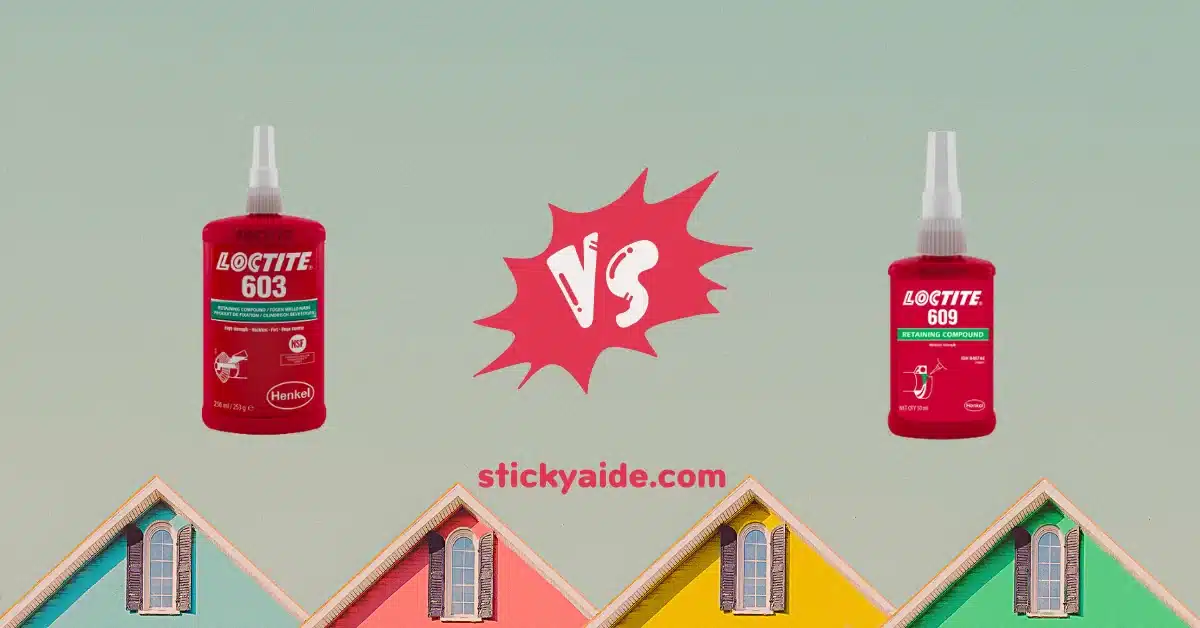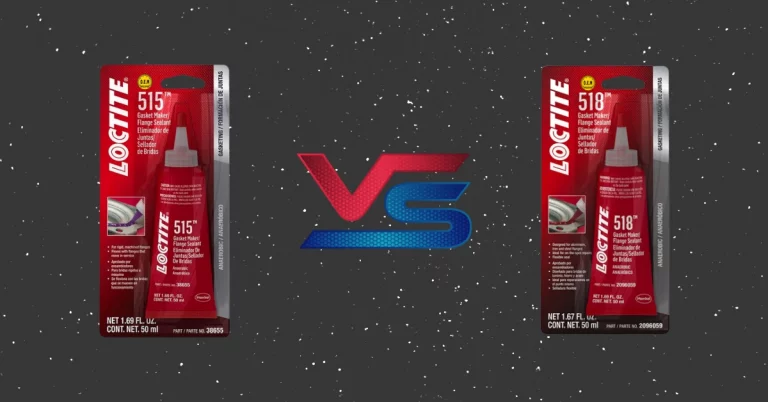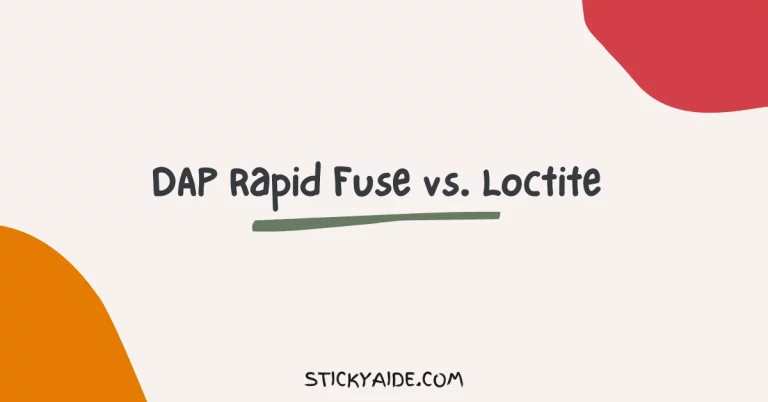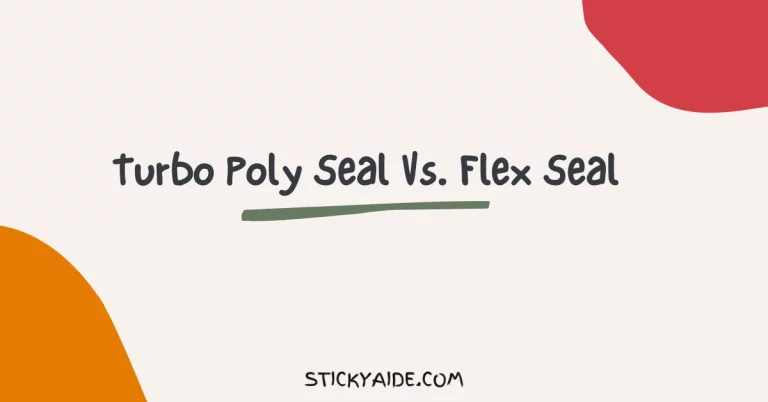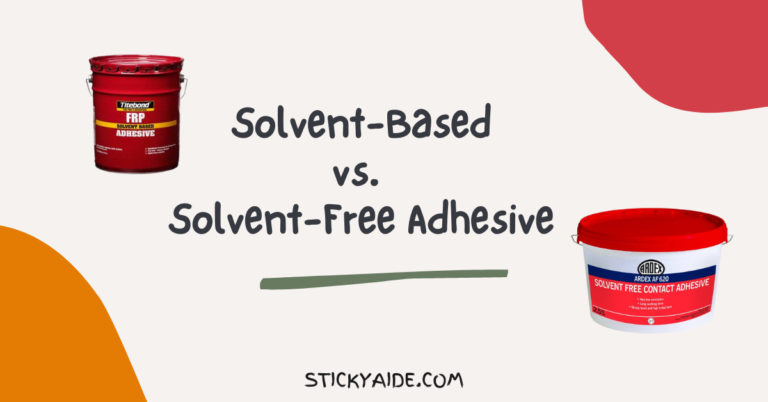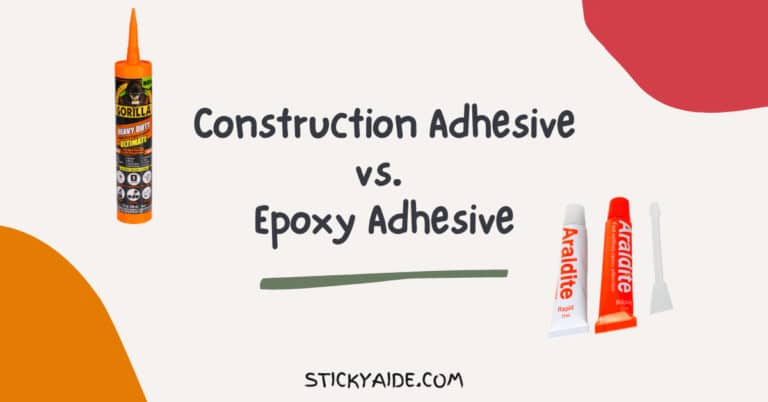Loctite is a famous and widely used adhesive brand, and its adhesives are used by professionals and non-professionals alike. Loctite is known for its high-quality, versatile glues that fit many purposes. Loctite manufactures various types of glue like – threadlockers, sealants, instant adhesives, retainers, and more.
Loctite 603 and 609 are retaining compounds manufactured by Loctite-Henkel and have some similarities and differences. So, in the battle between Loctite 603 vs. 609, which one should you side with and why? I’ll review Loctite 603 and 609 features and differences in this article.
Read More: Loctite Blue vs. Red
Loctite 603 vs. 609
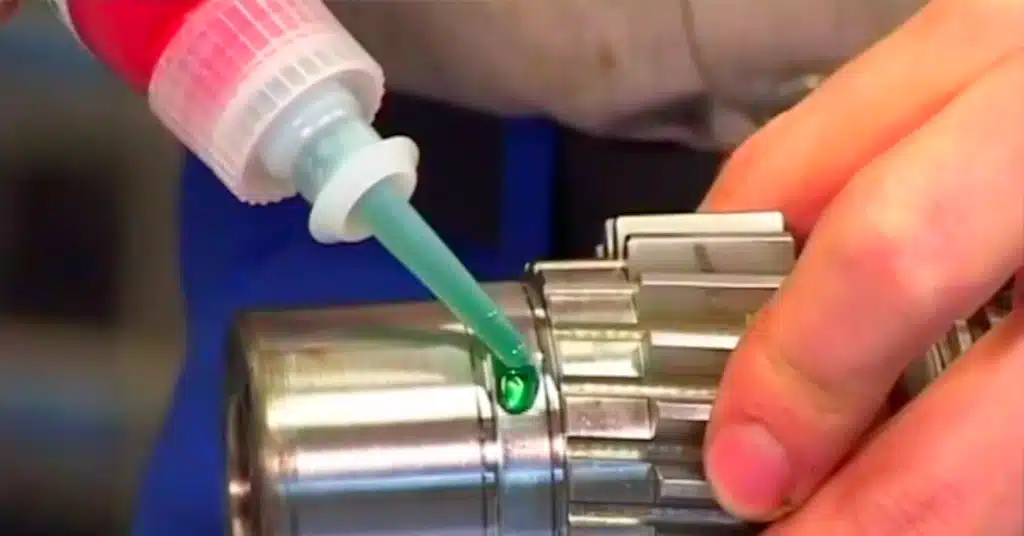
About Loctite 603
Loctite 603 is a green-coloured retaining compound made by Loctite-Henkel. You can use the 603 for close-fitting cylindrical parts and bearings.
Loctite 603 is a high-strength retaining compound that cures anaerobically and uses acrylic technology. Loctite 603 is positive and fluoresces under UV light, so you can use UV light to monitor your components once you apply the adhesive.
Loctite 603 cures when confined in the vacuum between close-fitting metal parts, and a complete cure can take up to 24 hours. The cure speed of Loctite 603 depends on multiple factors like – materials or substrates used, bondline gap and temperature. You can speed up the curing process using activators like – SF 7471 or SF 7649.
You can use Loctite 603 when you can not ensure continuous clean surfaces. Furthermore, Loctite 609 has high oil tolerance and tolerates minor contamination from industrial oils. Loctite 609 forms a robust bond once completely cured and prevents your components from loosening or leakage from shock or vibration.
Loctite 603 is a low-viscosity retaining compound, and you can use it for surfaces or situations with the risk of the adhesive running.
You can get Loctite 603 in 10 ml, 50 ml and 250 ml bottles.
Read More: Loctite 638 vs. 680
About Loctite 609
Loctite 609 is a green-coloured, high-strength retaining compound manufactured by Loctite-Henkel The 609 is a high-strength adhesive and uses acrylic technology to cure.
Loctite 609 cures when confined in the vacuum between close-fitting metal parts, and the curing process can take up to 24 hours, depending on which materials you use. The 609 is positive and fluoresces under UV light, and you can use UV light to monitor your components once you apply the adhesive.
Loctite 609 is a high-strength adhesive, and you can use it for components with a great shock and vibration exposure risk. Furthermore, once the 609 is completely cured, it has enhanced protection against the loosening of your parts or leakage due to excessive shock or vibration exposure.
You can use Loctite 609 for close-fitting cylindrical parts, and since the 609 has low viscosity, you can use it for situations with the risk of the uncured adhesive running over the surface.
Loctite 609 works with active metals and passive substrates, and the cure time depends on which materials you use. You can speed up the cure time using activators like SF 7471 or SF 7649. The temperature and bondline gap also factor in the cure time.
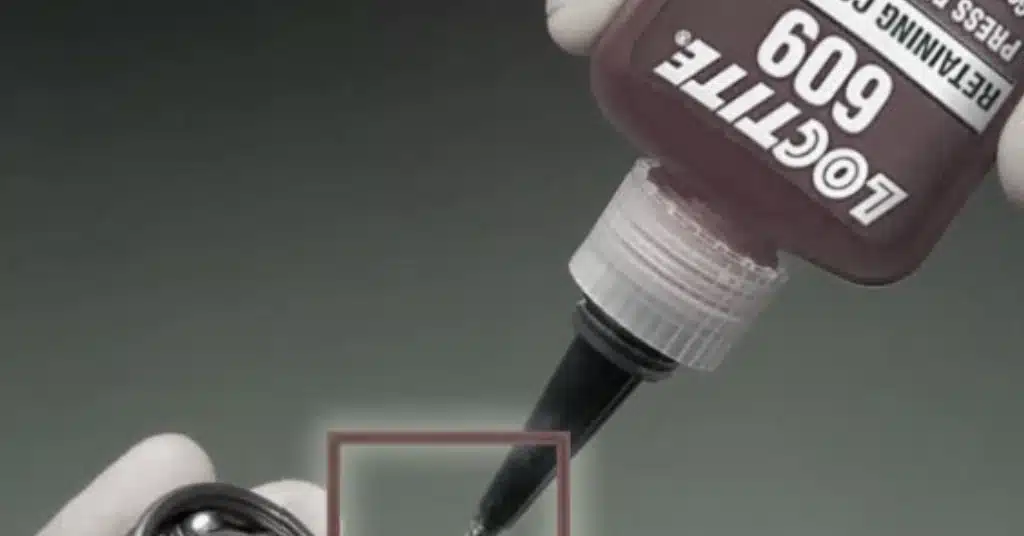
Read More: Loctite 609 vs. 680
What’s The Differences Between Loctite 603 vs. 609?
Now let’s examine how Loctite 603 and 609 differ.
Ideal Applications
Loctite 603 is a high-strength retaining compound from Loctite-Henkel, and you can use it for close-fitting cylindrical parts. The 609 is especially good for bearing and sintered bearings.
On the other hand, Loctite 609 is also a high-strength retaining compound from Loctite-Henkel, and you can use it to lock bushings and sleeves in housings or shafts and augment press fits. You can use it for other retaining purposes indoors and outdoors.
Viscosity
Loctite 603 and 609 are both low-viscosity retaining compounds from Loctite-Henkel.
Loctite 603 has a viscosity of 125.0 mPa·s (cP).
On the other hand, Loctite 609 has a slightly lower viscosity of 120.0 mPa·s (cP).
This difference in viscosity is minor, and both would function similarly.
Fixture and Cure Time
Both Loctite 603 and 609 take around 24 hours for a complete cure. The cure time depends on the materials used, bondline gap and temperature. You can speed up the cure time using an activator.
Loctite 603 and 609 also have similar fixture times of 10 minutes.
Last Opinion
Loctite 603 and 609 are high-strength, green-coloured adhesives from Loctite-Henkel with low viscosity. So, in the debate of Loctite 603 vs. 609, which one should you side with? There are more similarities than differences between these retaining compounds, so it depends on you. You can refer to the Ideal Applications section of my article to decide between the two.

